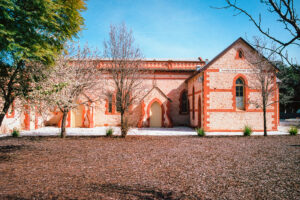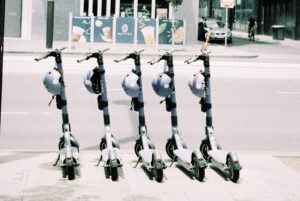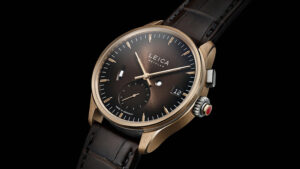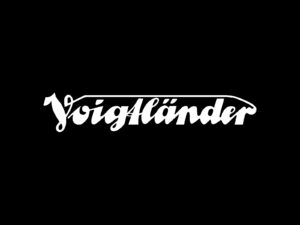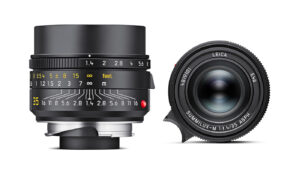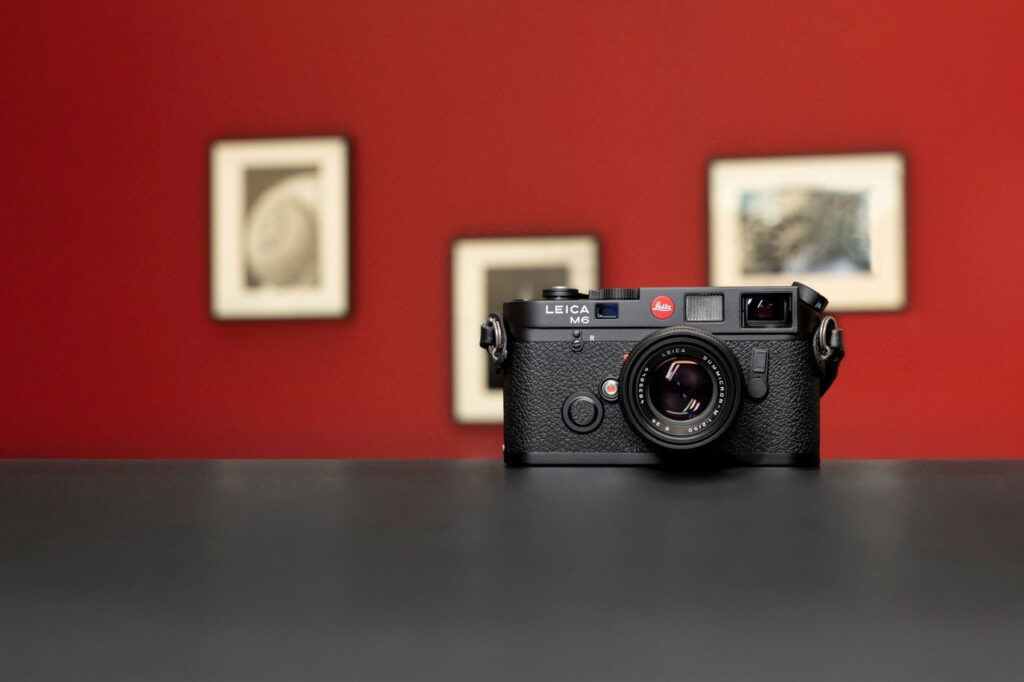The legendary Leica M6 is an icon. Intuitive, compact and discreet, it allows you to get up close to the action and to real emotions. Leica Camera AG, the company responsible for the first 35mm camera, and today the sole manufacturer of new 35mm analogue rangefinder cameras, continues its commitment to film photography with the release of the new Leica M6.
The original Leica M6 is a rangefinder camera manufactured by Leica from 1984 to 2002.
I think the Leica M6 is a much more accessible Leica in some ways than the Leica MP. I love my Leica MP, but it is more of a bling camera than the M6 which is a more practical rangefinder. For example, in the Leica MP you have the old style M3 rewind knob, but in the Leica M6 you get the fast rewind crank. The advance lever on the Leica M6 is more squared off, and able to be tucked away, but on the MP it is more of an artistic curve.
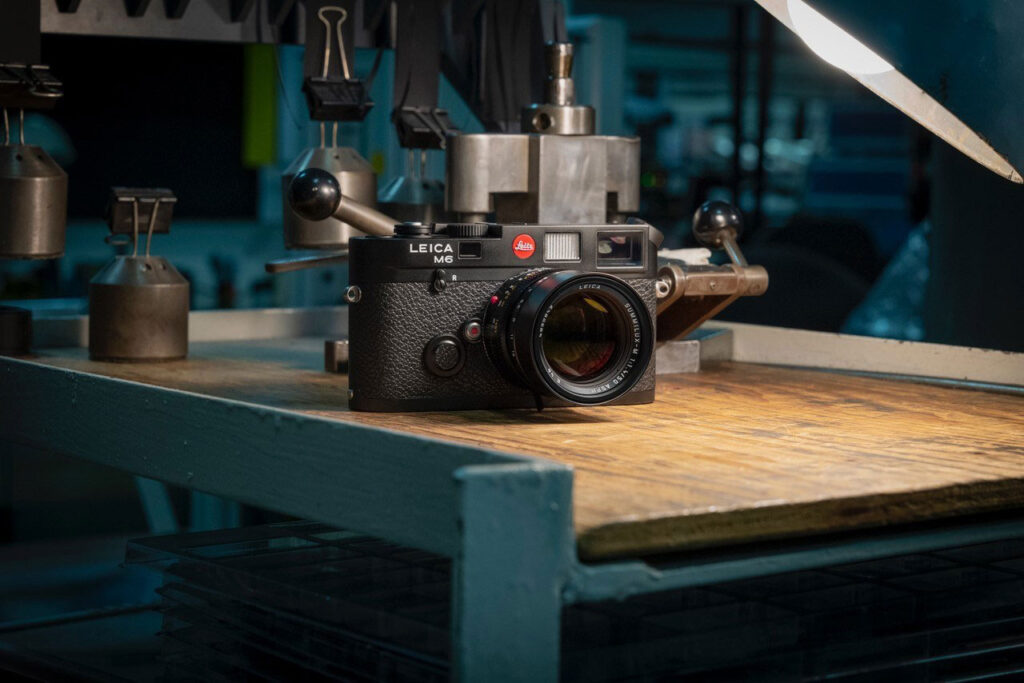
The return of the Leica M6 is aligned with the renaissance of analogue photography, witnessed by professionals and enthusiasts alike. With the new edition of this legendary rangefinder camera, Leica is now fulfilling the wishes of younger audiences in particular, who want to experience being an active part in the photographic creative process. Today, the Leica M6 continues to offer exactly the right equipment to focus on the essentials when taking pictures.
A Bit about the original Leica M6
The M6 combines the silhouette of the Leica M3 and Leica M4 with a modern, off-the-shutter light meter with no moving parts and LED arrows in the viewfinder. Informally it is referred to as the M6 Classic to distinguish it from the later M6 TTL models, and to indicate its classic M3 dimensions.
The M6 (1984-1998) has only two simple > < LED arrows in its finder for the meter. There is TTL ambient light metering, but no TTL flash control, no flash-ready bolt in the finder, and no central “OK” LED. The newer M6 TTL (1998-2002) added TTL flash and a bigger, better shutter dial and four LEDs in its finder: three for the meter (> o <) and one for the flash bolt.


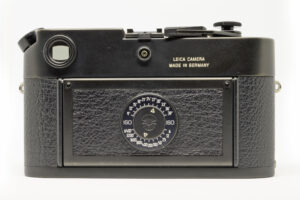
The top and bottom plates were made from lighter, cheaper magnesium alloy rather than the heavier machined brass of the M3 and M4 and later MP. Side note, I chose the chrome M11 because of the heavier brass body. I like a bit of weight as for me it helps keep the camera steady. The M6 and M6 TTL are mechanical cameras; all functions save the light meter work without batteries, unlike the succeeding M7, which needs electrical power to operate properly.
Original Leica M6 Variants
I wonder what variants we will see in the new Leica M6? There were plenty of special editions as well, such as the Leica M6 in titanium.
- M6J – 1994. A collector’s edition of 1,640 cameras to celebrate the 40th anniversary of the Leica M System. Notable for its introduction of the 0.85 magnification finder, the first high-magnification finder since 1966, and the basis for the 0.85 cameras to follow starting in 1998.
- M6 0.85 – 1998. The 0.85 magnification viewfinder was offered on regular production cameras for easier and more accurate focusing with long focal length or wide aperture lenses, such as the 50 mm f/1.0 Noctilux and 75 mm f/1.4 Summilux. The 28 mm framelines are dropped in this model. Only 3,130 of these cameras were made (all black chrome), so they are among the less common regular production of the M6.
- M6 TTL – 1998–2002. The M6 TTL replaced the M6, which ceased manufacture. Originally available in 0.72 and 0.85 viewfinder versions; in 2000 a 0.58 version of M6 TTL was added to the line. The lower magnification viewfinder makes it easier to see the 28mm framelines, especially when wearing glasses. The shutter dial of the M6 TTL is reversed from previous models, turning in the same direction as the light meter arrows in the viewfinder; this feature has continued in the M7, M8, and M9, but not the MP, which returned to the older, smaller diameter, opposite direction shutter speed dial. One of the key differences from the M6 “Classic” is TTL flash capability with dedicated flash units, such as the SF-20. The added electronics increased the height of the top plate by 2 mm.
Originally the M6 was available in black and silver chrome.
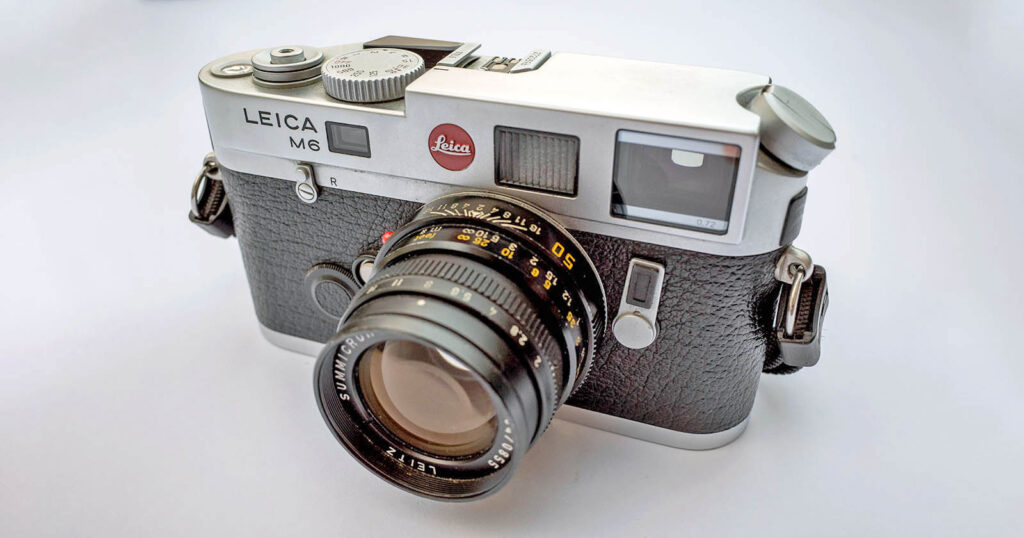
M6 0.72 in 2022
The October 2022 M6 has 0.72x viewfinder magnification. The redesigned top cover is milled from a solid brass painted with an enhanced abrasion-resistant black lacquer.
For serious photographers, all original M6s are spectacular cameras, and the new 2022 Leica M6 looks to be so as well.
There are Some Improvements in the 2022 M6
The Leica M6 from 2022 relies on a modern version of the Leica M rangefinder with a 0.72x magnification. Furthermore, all of its optical surfaces are now coated and thus less sensitive to stray light. The light meter in the latest M6 now shows the correct exposure via a red dot in addition to the two arrow symbols originally used. Additionally, it is equipped with a battery warning indicator. The top cover has been redesigned: while the cover of the preceding model was made of die-cast zinc, it is now milled from solid brass and enhanced with an abrasion-resistant black lacquer.
But the new Leica M6 stays true to its roots
Like the original from 1984, the new edition of the Leica M6 is also adorned with the red Leitz logo.
The Leica M6 remains true to itself and preserves all other typical character traits such as the slanted rewind crank for the film. Recent achievements such as the optimised rangefinder, however, ensure even more functionality. Handmade in Germany, it is an extremely reliable companion for all those who appreciate the lasting and contemplative nature of analogue photography.
The Leica M6 is priced at $5,295 and will be available in the United States at Leica Stores, Leica Boutiques and Leica Online Store starting November 3, 2022. That works out to be $8390 Australian dollars. Tempting.




